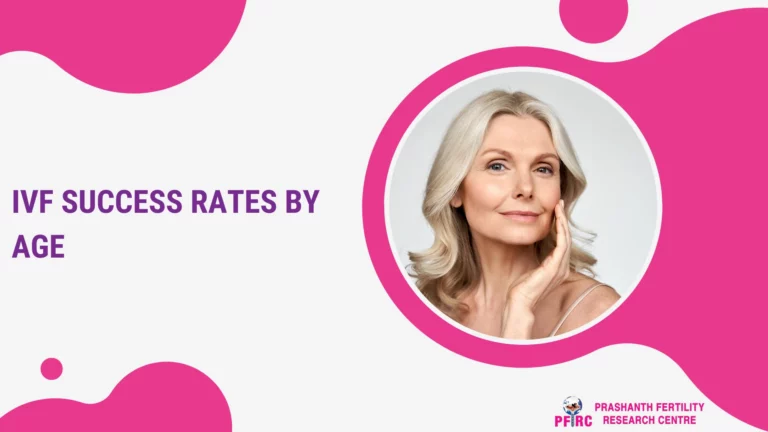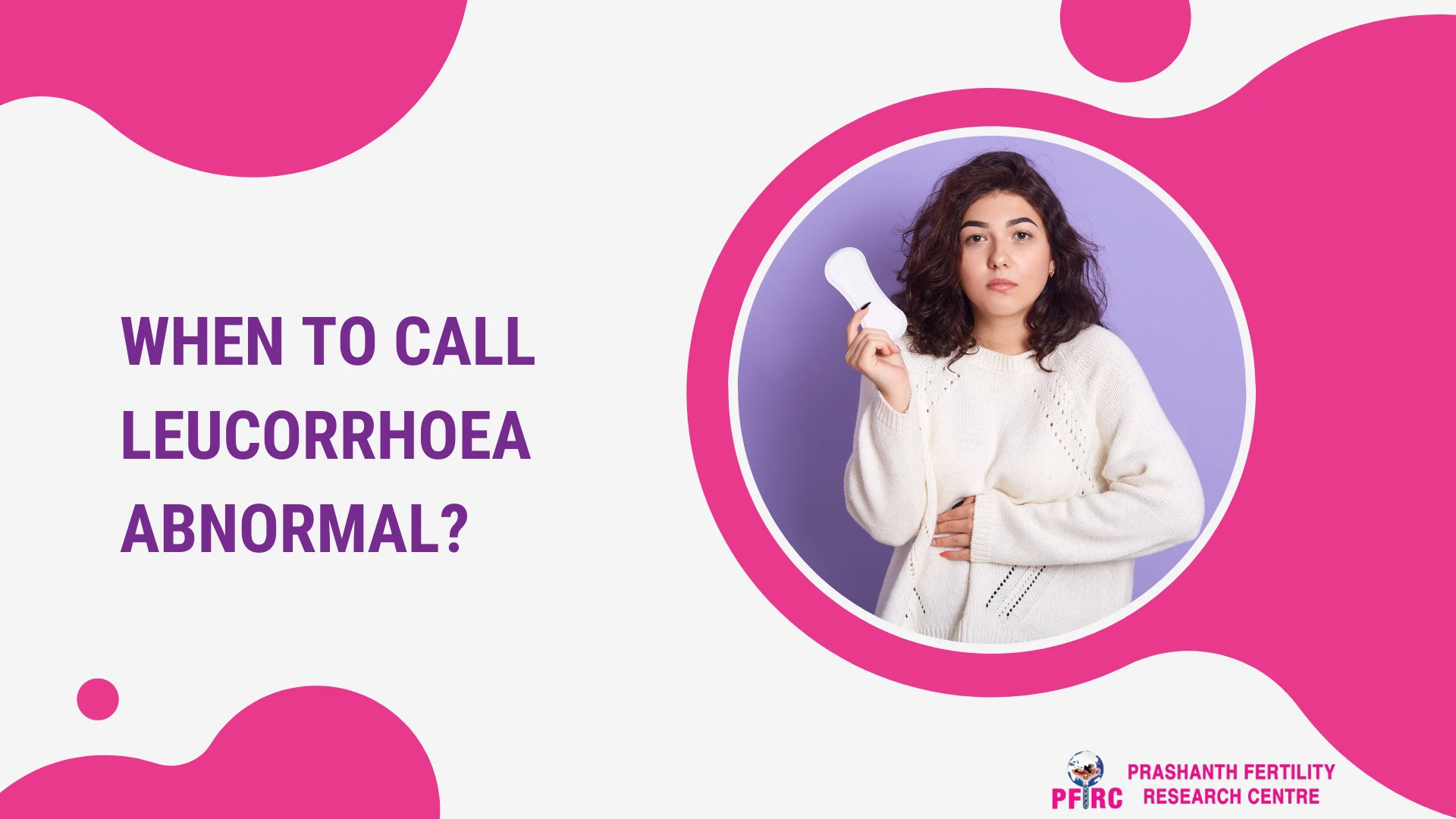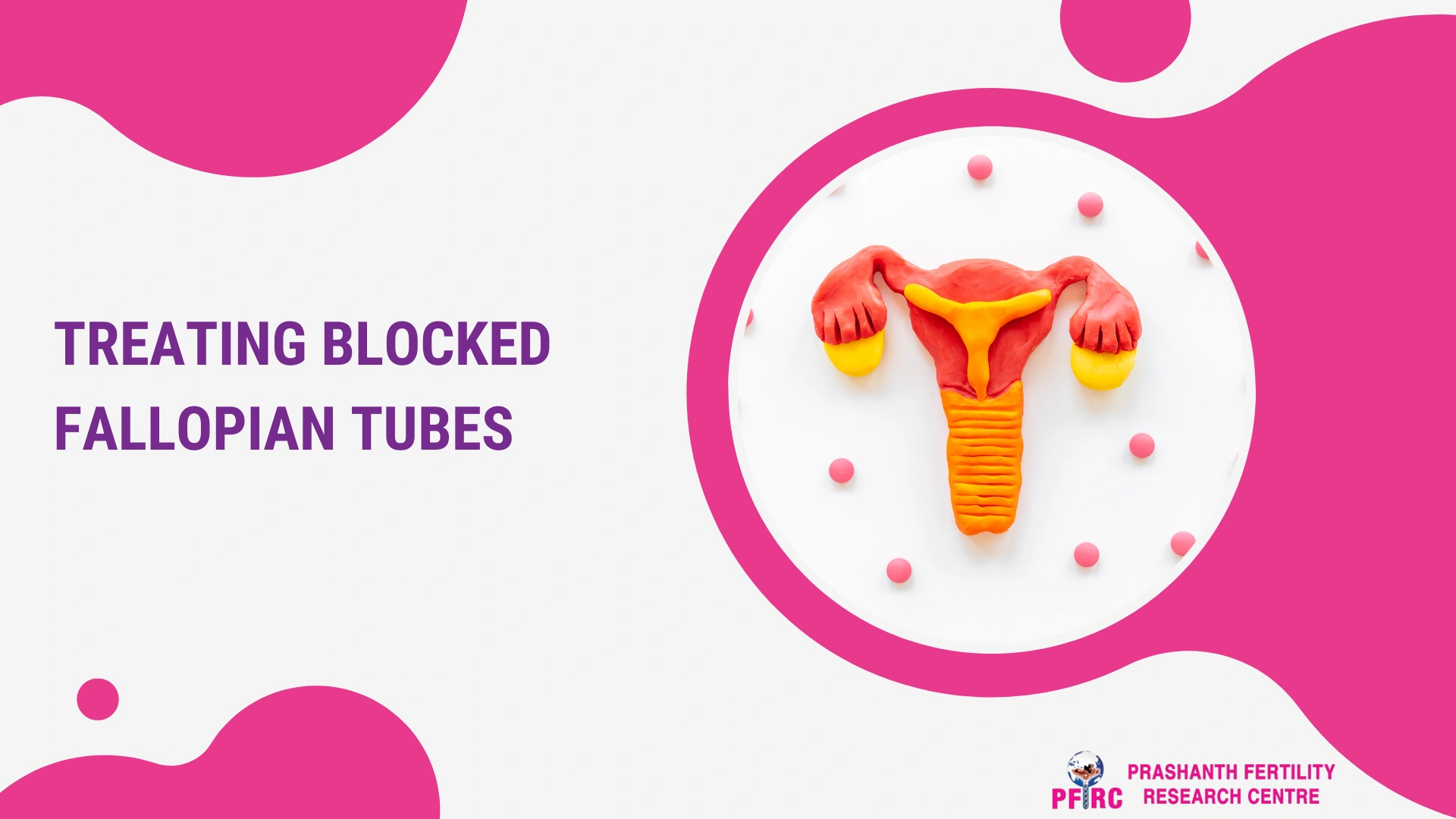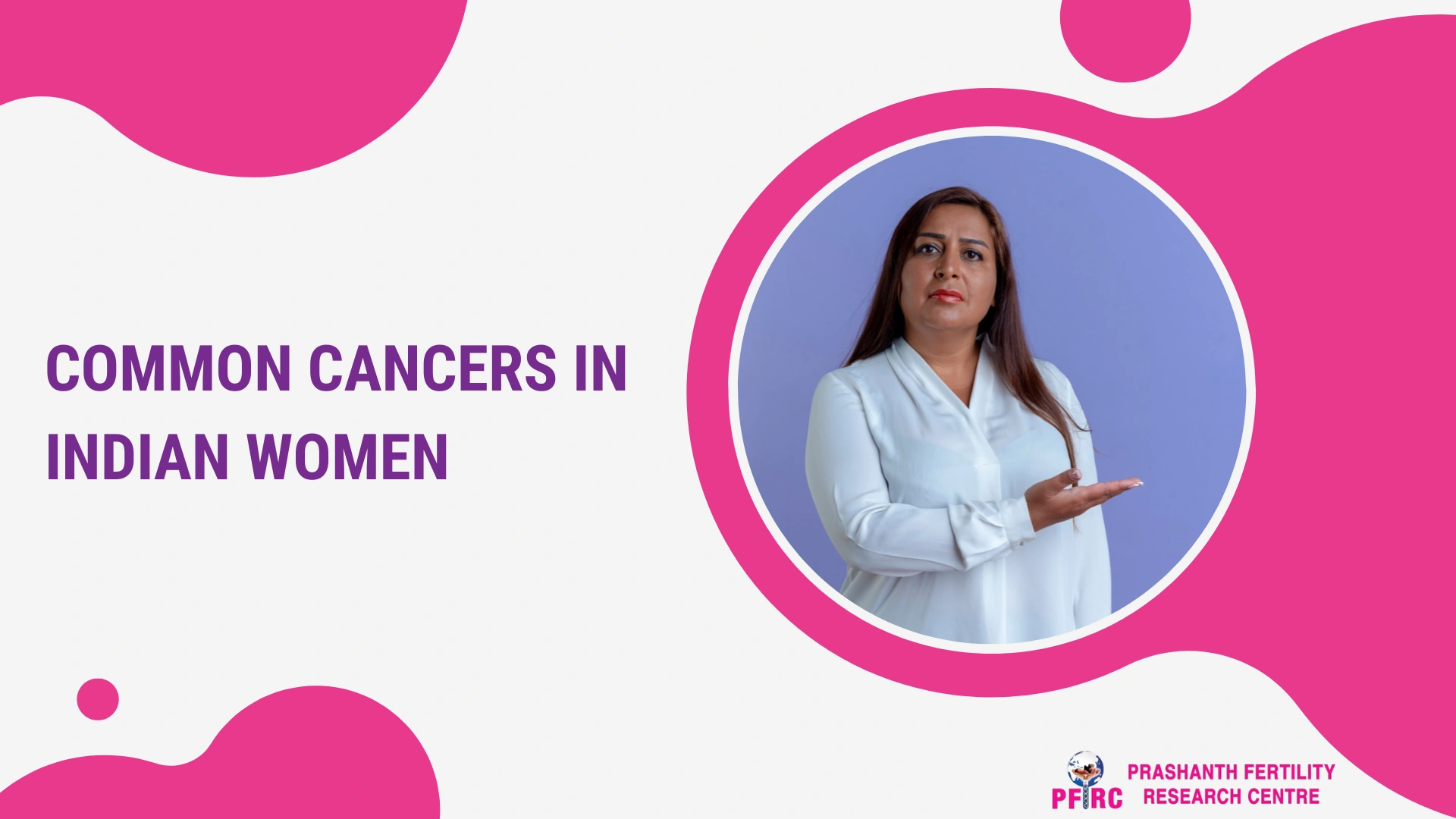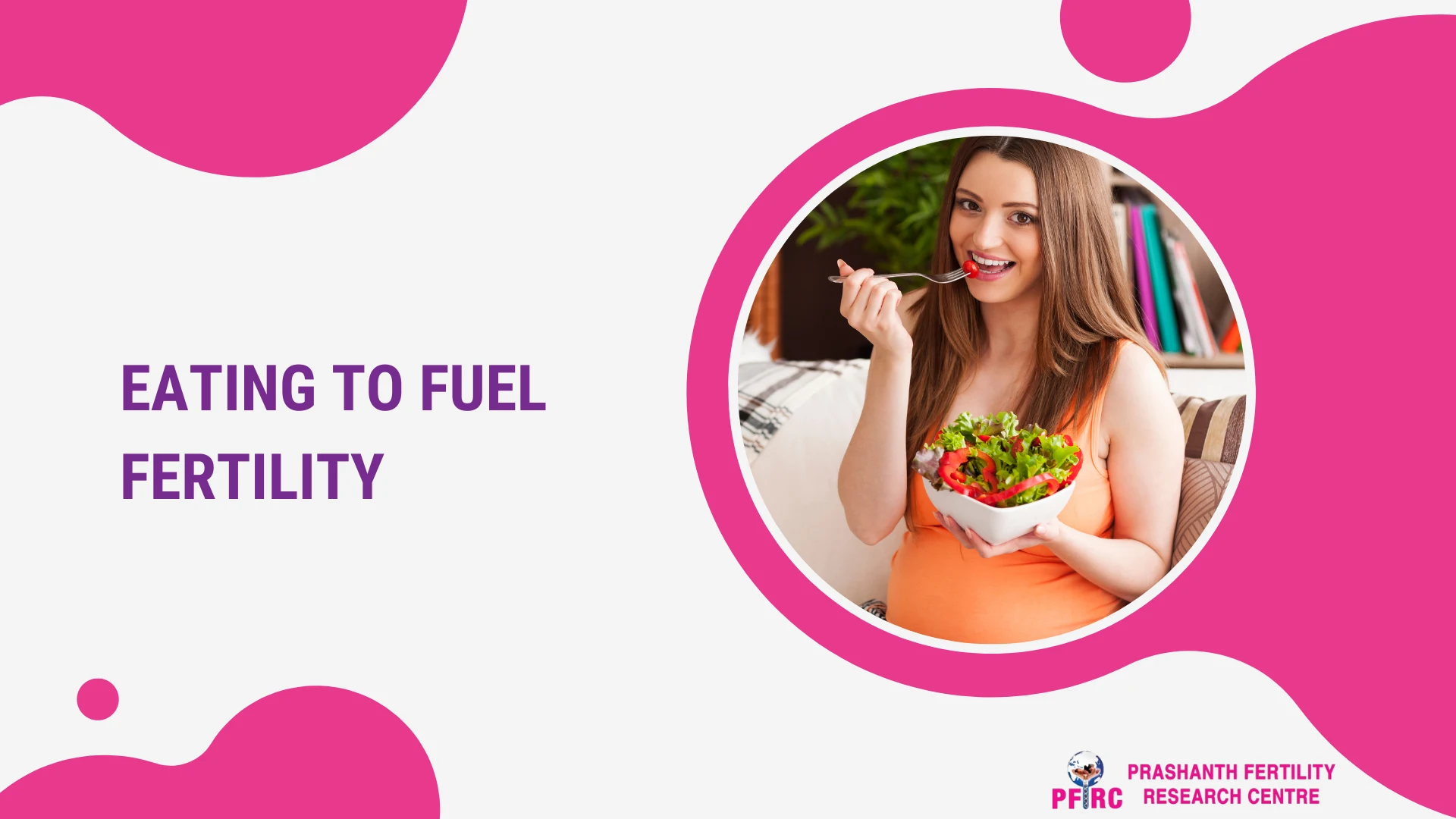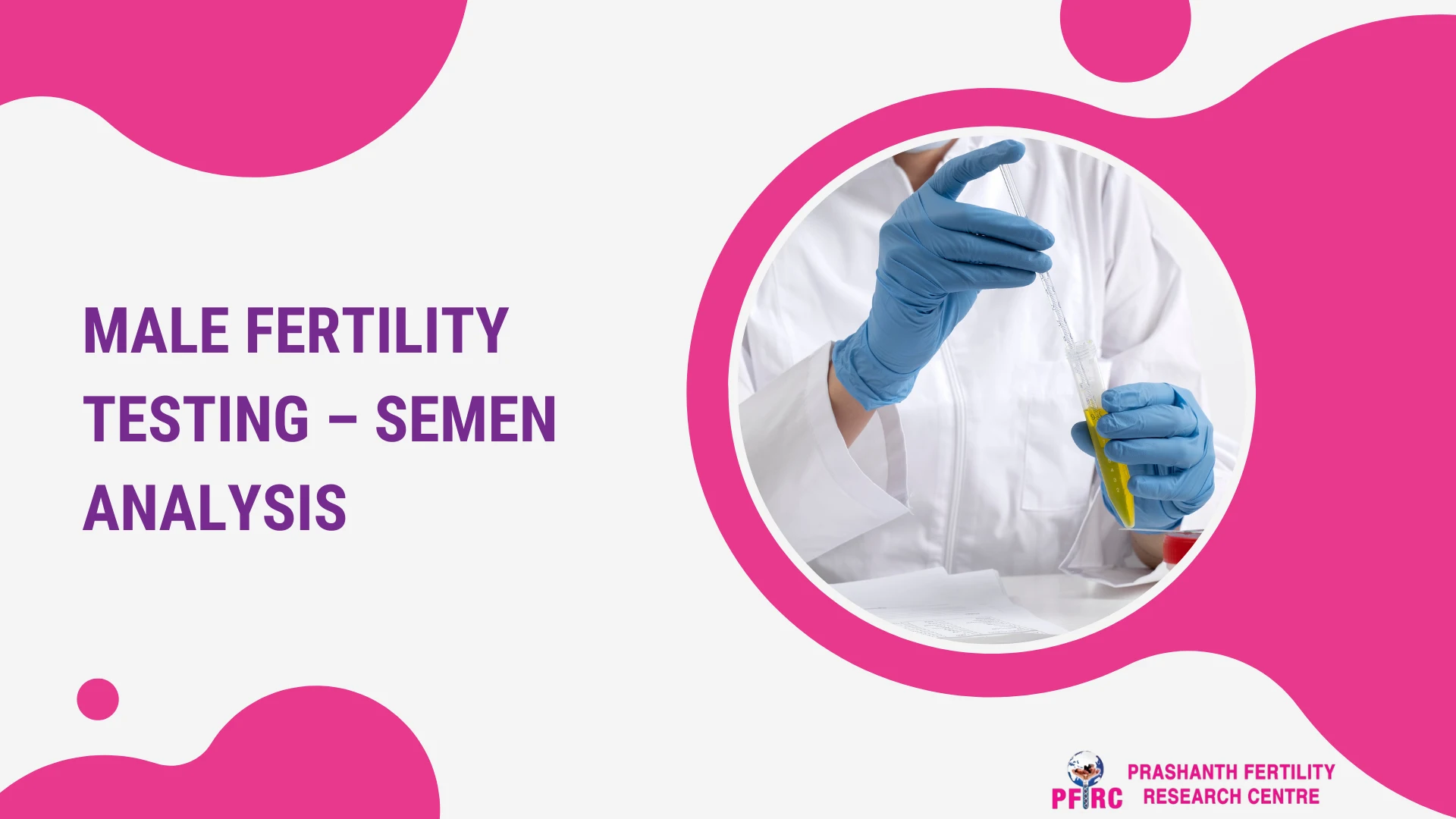IVF (In Vitro Fertilization) is one of the most commonly used assisted reproductive technologies (ARTs) with a high success rate. This method is a boon for many couples who are unable to conceive naturally.
Although IVF is mostly successful, there are some factors that can influence and delay the process. The woman’s age is one of the primary factors most likely to affect the success rate of the whole IVF procedure.
Age has always played a role in a woman’s ability to get pregnant, whether she gets pregnant naturally or through ART. Younger women tend to have higher IVF success rates. The success rate gradually decreases as age increases.
How does age influence the success rate of IVF, and what are the IVF success rates by age? Continue reading this article to learn more about IVF and its link with age.
IVF Success Rates Under 35
The chances of IVF success are higher for women under 35 than for women over 35. It is estimated that about 60% of women under 35 who have an egg retrieval have a healthy birth. The success rate increases as the number of cycles increases.
IVF Success Rates Over 40
When a woman is in or over her forties, it is unlikely that she will get pregnant. In the past, it was almost impossible for a woman to have a baby when she was 40 or older. However, with new technologies and innovations like ART, it is now possible for a woman over 40 to have a baby and enjoy motherhood, even if she is getting close to menopause.
Why IVF Success Decreases with Age
As a woman gets older, she starts to have fewer eggs of good quality. This could make the embryos less healthy and less likely to implant in the uterus. Here are some factors in how age impacts a woman’s ability to undergo IVF treatments successfully.
Ovarian reserve
As a woman reaches 30, the quality and quantity (number) of her eggs tend to decrease, and this is more noticeable after she turns 40. With a poor ovarian reserve, a woman may have fewer eggs or eggs of lower quality. This can make it harder for her to get pregnant.
Poor embryo quality
The chance of a miscarriage or failure to implant increases if the eggs aren’t good quality or if an inadequate number of eggs are taken out during the egg retrieval procedure of IVF. Analysing the quality of embryo is called embryo garding
Changes in the uterus
As a woman ages, the lining of her uterus starts thinning and becomes less able to hold a baby to term. This makes it hard for a fertilized egg to implant into the uterus and grow into a safe pregnancy.
Increased risk of health complications
Women over 35 are more likely to have health issues like high blood pressure, diabetes, and obesity. The success rate of IVF can go down when women have these issues.
IVF Age Limit
IVF has helped many women have healthy babies even after 40. Fertility drops sharply after the age of 40, though. Also, ovarian failure or menopause are generally signs that this window is closing.
At this point, women should consult their fertility doctor and discuss other choices, like surrogacy, egg donor, or adoption.
IVF success rate by the number of embryos
Number of quality embryos
Among all the factors that can affect the success rate of IVF, the quality and the number of embryos transferred determines if the cycle can result in a live birth.
Most times, the treatment doesn’t work because the embryos used aren’t good enough for implantation. Some methods, like Pre-implantation genetic diagnosis (PGD) and pre-implantation genetic screening (PGS), help the doctor choose the best embryo for IVF treatment.
Number of embryos transferred
The number of eggs transferred depends on the age and health condition of the woman. Most times, fertility doctors only place one embryo into the uterus. But some doctors feel that transferring two embryos can make it more likely for pregnancy to occur.
Depending on how many embryos are transferred, the process can be classified into
- SET/eSET (Single Embryo Transfer/Elective Single Embryo Transfer) and
- MET (Multiple Embryo Transfer).
Single embryo transfer is the process of transferring into a woman’s uterus a single embryo with the best chance of becoming a baby.
Multiple Embryo Transfer is the process where more than one embryo is transferred into the uterus at the same time. This method isn’t used very often, and it’s only done when the woman has less chance of getting pregnant.
Conclusion
IVF may seem difficult to achieve for women over 35. But, there are some measures that can be taken to increase the success rate by at least 20–30%.
At PFRC, we follow some advanced techniques called Hi-tech IVF to improve the conditions of the egg, sperm, and embryo and achieve the maximum chances of pregnancy.
FAQs
IVF is the most successful for women under 35 years of age. This is because the egg quality and number of eggs that can be retrieved decreases as the woman ages.
The average IVF success rate for women on their first try (first IVF cycle) is around 55%. However, this percentage drops as the woman ages.
The best age to undergo IVF treatments is under 35. But, women can undergo IVF until their early 40s successfully unless they have ovarian failure or menopause. However, women should know that their ovarian reserve and egg quality decreases as they reach 40. So undergoing IVF as early as possible is the best and safest choice.
Even with only 3–6 eggs, women under 38 have a good chance of having a live birth. With more than 6 eggs, they have a better chance, and with more than 10 eggs, they have the best chance of getting pregnant.
On the other hand, women of age 38–40 and 41–42 have low live birth rates and a low number of eggs. When there are a lot of eggs available for fertilization, the chance of success is much higher.

